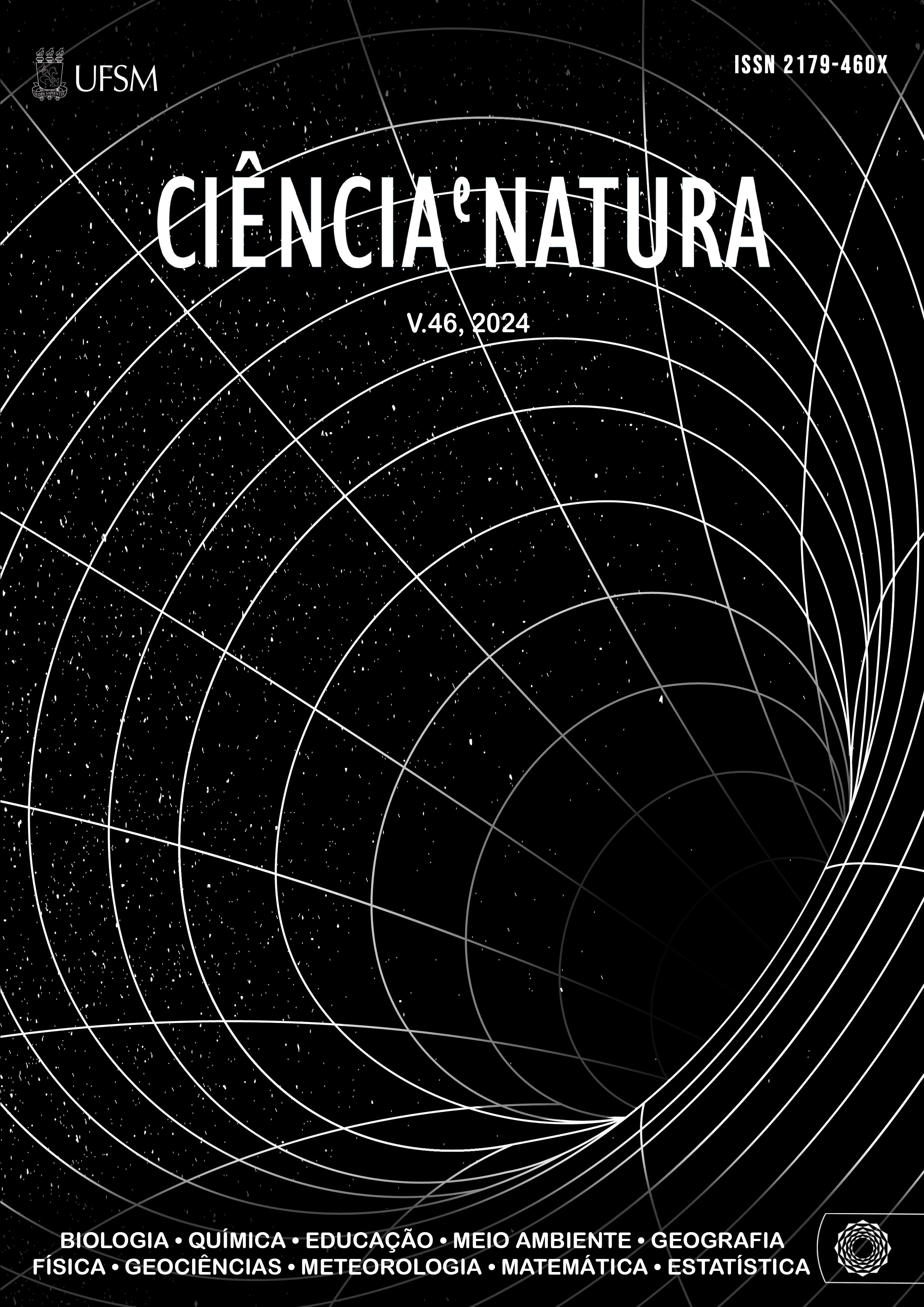Non-binary artificial neuron with phase variation implemented on a quantum computer
DOI:
https://doi.org/10.5902/2179460X69281Keywords:
Quantum computing, Quantum mechanics, Artificial neural networks, Sigmoid neuron, Gradient descentAbstract
The first artificial quantum neuron models followed a similar path to classic models and they work only with discrete values. Here we introduce an algorithm that generalizes the binary model manipulating the phase of complex numbers. We propose, test, and implement a neuron model that works with continuous values in a quantum computer. Through simulations, we also demonstrated that our model may work in a hybrid training scheme utilizing gradient descent as a learning algorithm. This work represents another step in the direction of the practical use of artificial neural networks efficiently implemented in near-term quantum devices.
Downloads
References
Altaisky, M. V. (2001). Quantum neural network.quant-ph/0107012.
Feldman, J., Rojas, R. (1996).Neural Networks: A Systematic Introduction. Springer Berlin Heidelberg, URL https://books.google.com.br/books?id=txsjjYzFJS4C.
Merolla, P. A., Arthur, J. V., Alvarez-Icaza, R., Cassidy, A. S., Sawada, J., Akopyan, F., Jackson, B. L., Imam, N., Guo,C., Nakamura, Y., Brezzo, B., Vo, I., Esser, S. K., Appuswamy, R., Taba, B., Amir, A., Flickner, M. D., Risk, W. P.,Manohar, R., Modha, D. S. (2014). A million spiking-neuron integrated circuit with a scalable communication network andinterface.Science,345(6197), 668–673, URL https://science.sciencemag.org/content/345/6197/668,https://science.sciencemag.org/content/345/6197/668.full.pdf. DOI: https://doi.org/10.1126/science.1254642
Nielsen,M.A.(2015).Neural networks and deep learning. Determination Press, URL http://neuralnetworksanddeeplearning.com/.
Peruš, M. (2000). Neural networks as a basis for quantum associative networks.Neural Netw World,10(6), 1001–1013.
Sanz, M., Lamata, L., Solano, E. (2018). Invited article: Quantum memristors in quantum photonics.APL Photonics,3(8), 080,801,URL https://doi.org/10.1063/1.5036596, https://doi.org/10.1063/1.5036596. DOI: https://doi.org/10.1063/1.5036596
Schuman, C. D., Potok, T. E., Patton, R. M., Birdwell, J. D., Dean, M. E., Rose, G. S., Plank, J. S. (2017). A survey of neuromorphic computing and neural networks in hardware.1705.06963.
Sutherland, J. G. (1994).The holographic cell: a quantum perspective, John Wiley Sons.
Tacchino, F., Macchiavello, C., Gerace, D., Bajoni, D. (2019). An artificial neuron implemented on an actual quantum processor.npj Quantum Information,5(1), URLhttp://dx.doi.org/10.1038/s41534-019-0140-4. DOI: https://doi.org/10.1038/s41534-019-0140-4
Downloads
Published
How to Cite
Issue
Section
License
Copyright (c) 2024 Ciência e Natura

This work is licensed under a Creative Commons Attribution-NonCommercial-ShareAlike 4.0 International License.
To access the DECLARATION AND TRANSFER OF COPYRIGHT AUTHOR’S DECLARATION AND COPYRIGHT LICENSE click here.
Ethical Guidelines for Journal Publication
The Ciência e Natura journal is committed to ensuring ethics in publication and quality of articles.
Conformance to standards of ethical behavior is therefore expected of all parties involved: Authors, Editors, Reviewers, and the Publisher.
In particular,
Authors: Authors should present an objective discussion of the significance of research work as well as sufficient detail and references to permit others to replicate the experiments. Fraudulent or knowingly inaccurate statements constitute unethical behavior and are unacceptable. Review Articles should also be objective, comprehensive, and accurate accounts of the state of the art. The Authors should ensure that their work is entirely original works, and if the work and/or words of others have been used, this has been appropriately acknowledged. Plagiarism in all its forms constitutes unethical publishing behavior and is unacceptable. Submitting the same manuscript to more than one journal concurrently constitutes unethical publishing behavior and is unacceptable. Authors should not submit articles describing essentially the same research to more than one journal. The corresponding Author should ensure that there is a full consensus of all Co-authors in approving the final version of the paper and its submission for publication.
Editors: Editors should evaluate manuscripts exclusively on the basis of their academic merit. An Editor must not use unpublished information in the editor's own research without the express written consent of the Author. Editors should take reasonable responsive measures when ethical complaints have been presented concerning a submitted manuscript or published paper.
Reviewers: Any manuscripts received for review must be treated as confidential documents. Privileged information or ideas obtained through peer review must be kept confidential and not used for personal advantage. Reviewers should be conducted objectively, and observations should be formulated clearly with supporting arguments, so that Authors can use them for improving the paper. Any selected Reviewer who feels unqualified to review the research reported in a manuscript or knows that its prompt review will be impossible should notify the Editor and excuse himself from the review process. Reviewers should not consider manuscripts in which they have conflicts of interest resulting from competitive, collaborative, or other relationships or connections with any of the authors, companies, or institutions connected to the papers.






